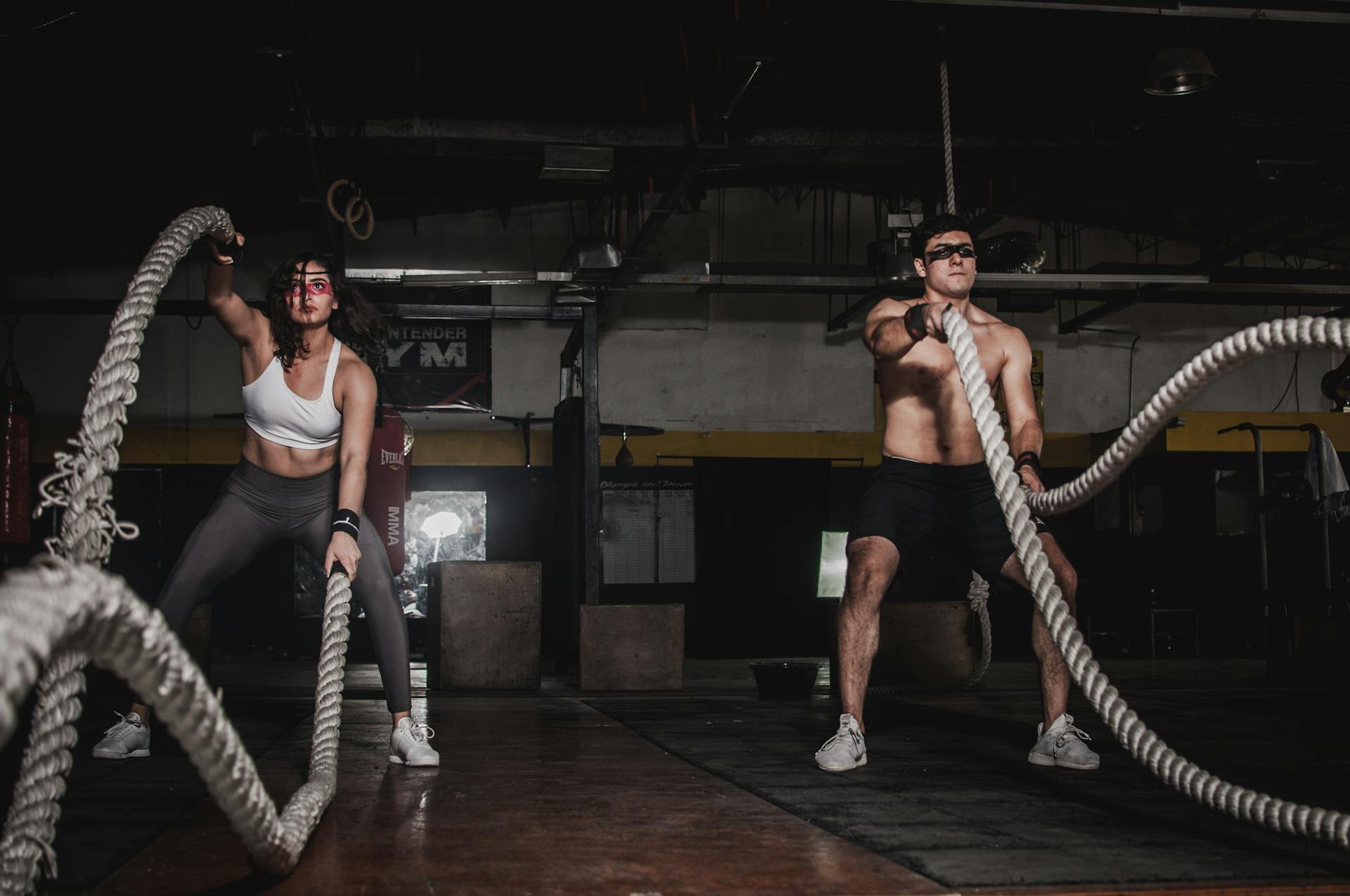
If you're someone who's always strapped for time but still wants to get a great workout in, you've probably heard of the 7-minute workout made famous by its debut back in 2013. This high-intensity interval training (HIIT) craze quickly caught on and was even incorporated into fitness programs like the Apple Watch. The idea is simple: perform 12 large compound bodyweight exercises like squats, push-ups, and lunges for 30 seconds each with only a few seconds of rest in between. But can you really get a full workout in just 7 minutes?
According to media outlets like The New York Times and fitness journals like the Human Performance Institute, experts put the potential benefits of a seven-minute-long interval workout at roughly 85 percent of what could be achieved with longer workouts. By huffing and puffing through a series of all-out efforts with only brief rests in between, your entire body works at a higher rate than it would during moderate-intensity exercise. And thanks to a process called excess post-exercise oxygen consumption (EPOC), also known as the afterburn effect, your aerobic system continues burning calories even after you stop moving.
But whether or not the 7-minute workout will work for you largely depends on your current fitness levels and goals. If you're hoping to burn fat and gain lean muscle mass, you'd have to do more than just this crazy fit routine - on the flip side, if you're starting from scratch or have existing health conditions or injuries that prevent you from doing intense workouts, this may be just what you need to start seeing some cardio benefits. For arguments' sake though, let's assume that everyone can do this high-intensity workout without sacrificing form or safety.
Exercise 1: Barbell Bench Press
The barbell bench press is the main chest exercise for most gym-goers. It is a compound movement that targets the sternal portion of the chest, middle part of the chest, and triceps muscle. Multiple studies have highlighted the muscles working during this exercise, with the 2000 EMG paper by Behrens & Buskies finding that bench press had the highest chest activation compared to other common chest movements. This makes it an excellent choice for those looking for chest growth.
Recent papers have also tracked bench press strength and found a strong positive correlation with chest growth overtime. If your goal is a big chest, then having a strong bench should be your priority. When performing this exercise, form you'll want to ensure you're using a full range of motion - from touching your chest to locking out your elbows at the top. By using heavier weights and performing partial range reps, you may be preventing previous shoulder injuries from holding you back.
Overall, if you are looking to maximize muscle growth and get a stronger upper body, then including compound movements like barbell bench press in your workout routine is key. By focusing on proper form and using a full range of motion when performing this exercise, you'll see thickness overtime in your chest muscles as well as improvement in your overall upper body strength.
Exercise 7: Drag Curls
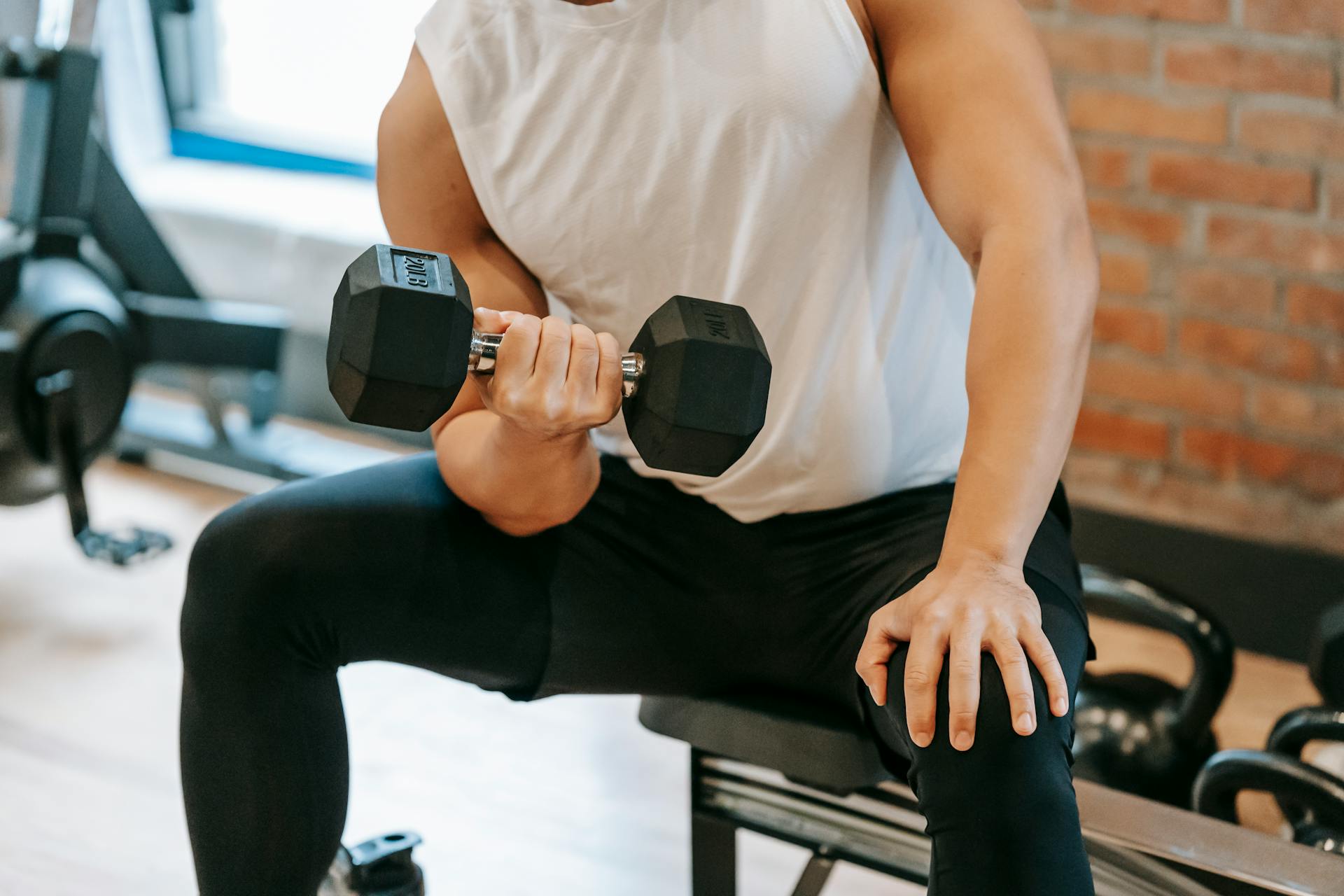
The drag curl is a biceps exercise that targets the long head of the biceps with a shoulder extension component. This exercise can preferentially target the outer head of the biceps, making it an excellent addition to your full body workout routine. If you're looking to switch up your previous exercise selection and challenge your biceps in a new way, then the drag curl is definitely worth trying.
To perform this exercise, grab a weighted bar and lift it with an underhand grip. As you raise the bar, keep it close to your body and drag it along your torso until you reach shoulder height. Make sure to keep your body lower than you would during a standard biceps curl, as this will engage the long head of your biceps more effectively.
If you're new to this exercise or have weaker biceps, I'd suggest starting with a lighter weight and gradually increasing as you feel comfortable. By incorporating drag curls into your workout routine, you'll be able to target both heads of your biceps in a unique way that can help improve overall arm strength and definition.
Exercise 3: Chest Supported Row (OR Inverted row)

To work out your main back movement, chest supported row is the answer. This exercise targets the upper back musculature and mid-back muscles effectively. It is shown below that its essential to perform a rowing movement for a complete back workout. While vertical pulling movements target the upper back muscles, horizontal pulling movements are necessary to work on the mid-back muscles.
If you've already performed deadlifts earlier, it's recommended to go for inverted rows as a great alternative to accomplish this. You can also perform chest support rows instead of inverted rows but simply add in some lower back involvement. This way, your lower back will be adequately worked while keeping your spine safe from excessive loading.
A 2009 paper analyzed that the inverted row elicits significantly less spinal loading than common pulling exercises like pull-ups and chin-ups while providing sufficient activation of the upper back muscles. A 2014 paper analyzed different grip variations in inverted rows and found that overhand grip with slightly wider than shoulder-width distance resulted in significantly greater rear delt and mid-trap activation compared to pronated grip, thus indicating the exercise's effectiveness. You'll get better results if you try an overhand grip instead of supinated or pronated ones.
Boost Your Fitness with The Barbell Back Squat - Exercise 2
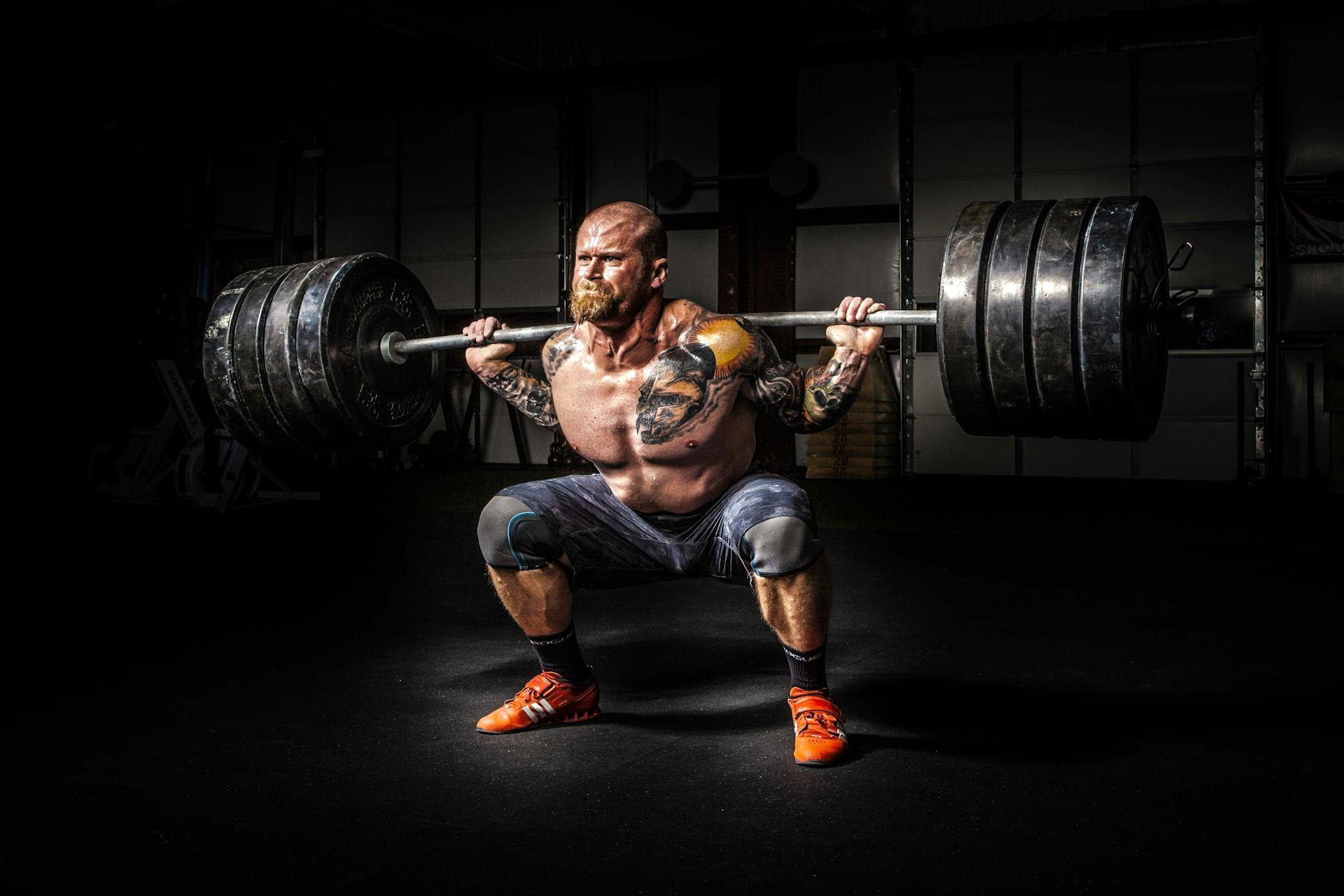
The barbell back squat is a highly effective lower body exercise that heavily involves the muscles of the legs, hips, and glutes. However, this compound movement is not limited to just the lower body muscles. Research has repeatedly shown that the barbell back squat also causes high quadriceps activation and upper body movement. Thus, making it an optimal exercise for a total body workout.
In fact, illustrating this point is a 2014 paper where colleagues found that full range of motion squats compared to partial range of motion squats led to a two-fold increase in muscle size after just 8 weeks. What constitutes full range may vary based on anthropometry (i.e., individual differences in body size and shape), but research recommends aiming for at least parallel depth or below. Proper mobility enables individuals to maximize growth through full rom squats.
Overall, the barbell back squat is an excellent exercise for anyone looking to improve their fitness level. Not only does it target multiple muscles highlighted by researchers, but it's also easily modifiable based on individual abilities and goals. Whether you're new to working out or an experienced lifter, incorporating this exercise into your routine can help you achieve your desired results faster than other exercises!
Exercise 5: Dumbbell Lateral Raises
Exercise 5 in our full workout routine is the dumbbell lateral raise, which targets the lateral deltoid or mid delt. As per previous exercise selection and lateral raises consistently shown in a 2013 EMG analysis to have the highest lateral deltoid activity among common shoulder exercises using dumbbells, they're convenient for people. However, periodically switching up resistance curves to challenge the muscle group while minimizing trap involvement is essential. I'd highly recommend adding this exercise to your routine for well-rounded shoulder development.
Boost Your Workout with Extra Accessory Moves
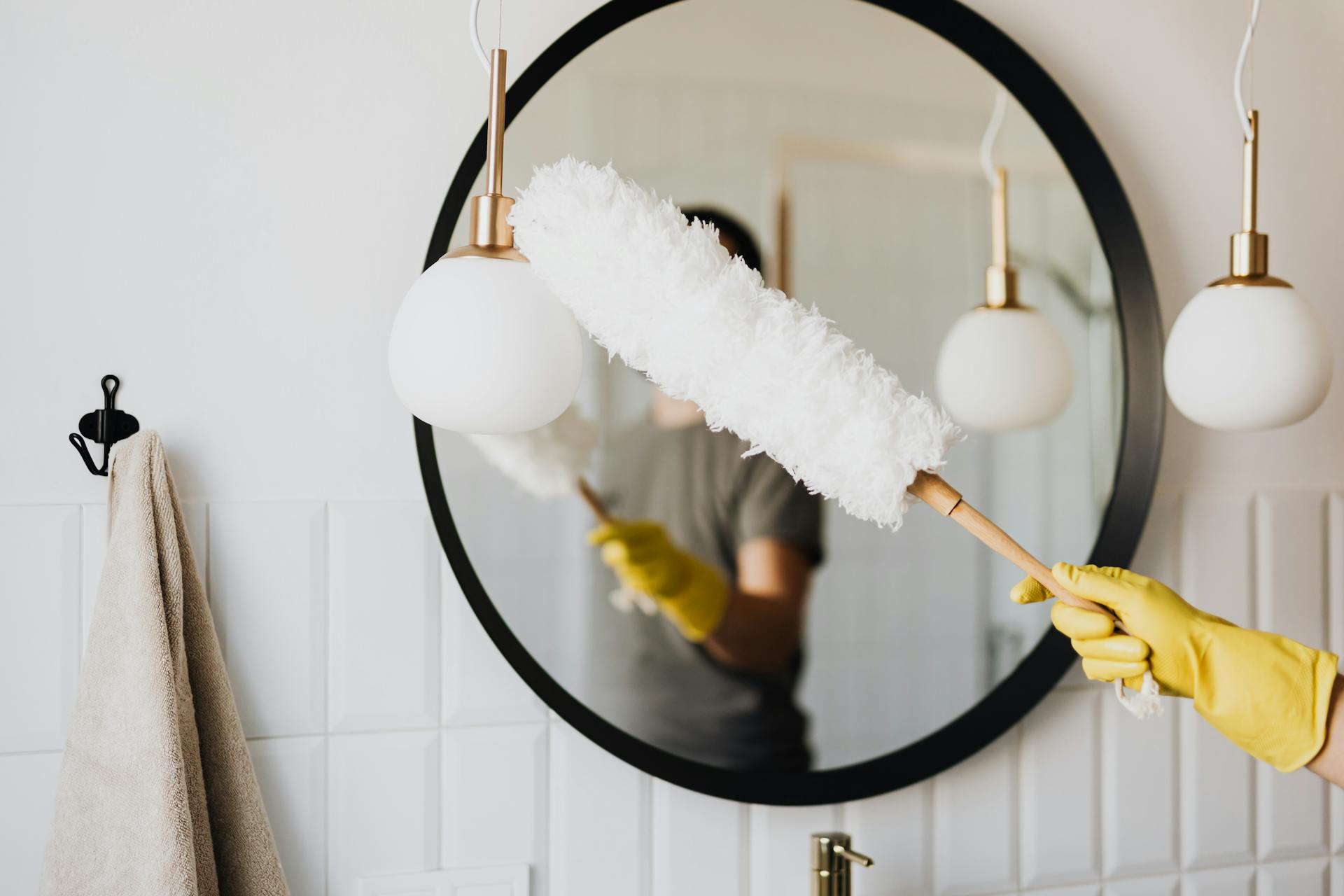
If you're looking for a way to enhance your total body workout routine, consider incorporating accessory exercises. These moves are designed to target specific muscles that may be overlooked during your primary workout. Not only can they help prevent potential muscle imbalances, but they can also boost your overall strength and endurance. So next time you hit the gym, don't forget to add in some accessory exercises for an even more effective workout.
The Ultimate Guide to Mastering Exercise 1: Deadlift
The conventional deadlift is a fundamental exercise that every workout should include. However, feel free to switch things up by trying out different deadlift variations such as the sumo or trap bar deadlift. According to a 2015 study in the Journal of Strength and Conditioning Research, activation of the lower and upper hamstrings was greater during hip-dominant exercises like deadlifts, simply meaning they fully develop your legs in a balanced manner compared to knee-dominant exercises like leg curls. Incorporate deadlifts into your workout A, whereas activation of the lower hamstrings will be emphasized, and workout B where activation of the upper hamstrings will be more pronounced for maximum results.
Get Fit with Exercise 2: Incline Dumbbell Press
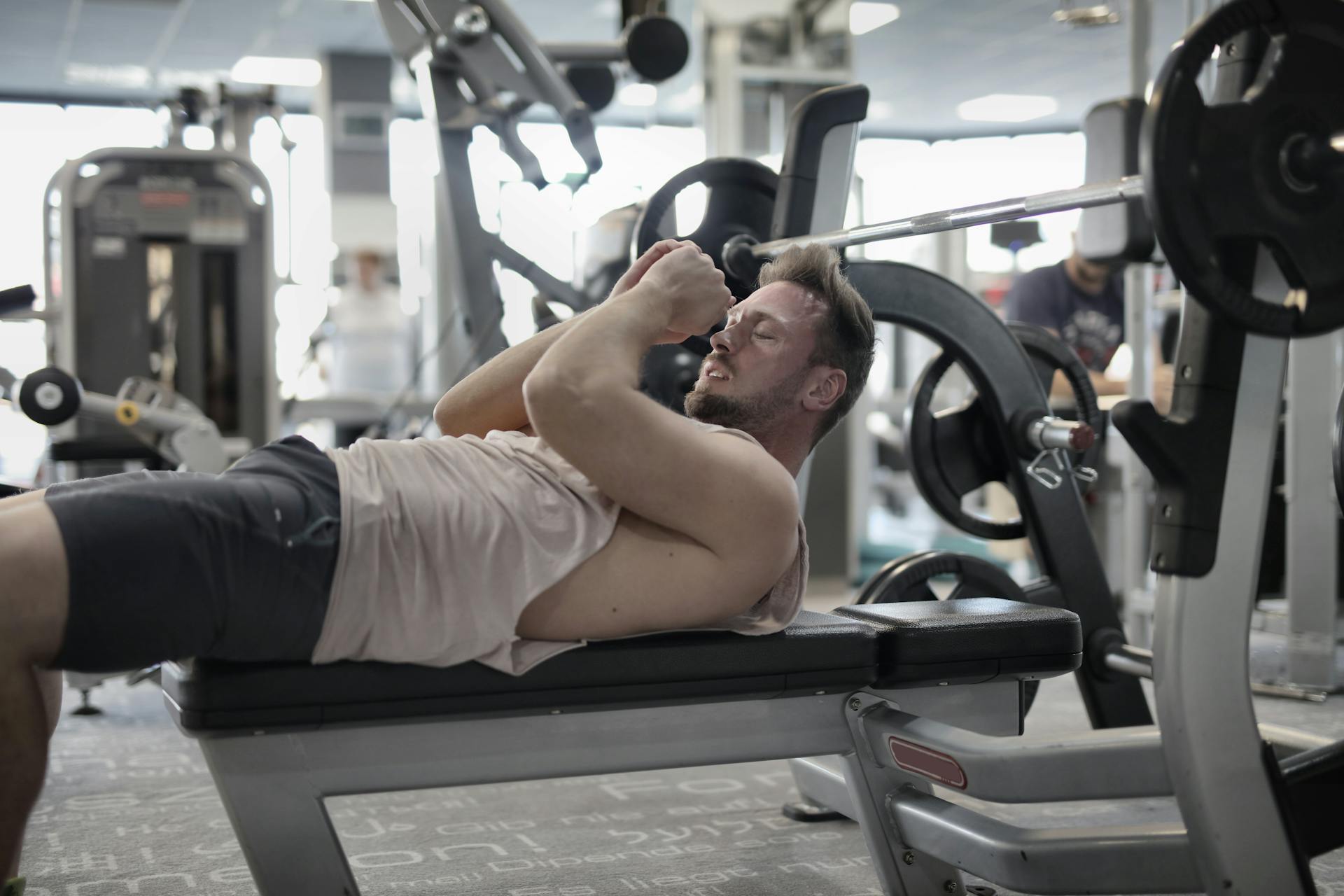
If you're looking for a powerful chest movement, then the incline dumbbell press is a must-add exercise to your workout routine. This exercise is considered as one of the main chest movements because it hits your pecs upper chest or clavicular head which the flat bench can't target. According to EMG analysis by Bret Contreras, this exercise activates greater upper chest activation than other chest exercises like barbell bench press.
One of the benefits of incline dumbbell press is that it provides a greater range of motion than barbell exercises. You can adjust the bench angle anywhere between roughly 30 and 56 degrees based on your own preference or optimal bench angle research. This movement allows you to focus on your upper chest while minimizing front delt involvement.
In addition, incline dumbbell press simply prevents muscle imbalances compared to other chest exercises. As an alternative to barbell exercises, this exercise can help you achieve better upper chest development and avoid overworking your lower pecs. So if you want to improve your overall appearance and strength in your upper body, including incline dumbbell press into your workout routine is definitely worth trying.
Benefits of Full-Body Exercises

Title full-body exercise plenty, and for good reason. Full-body exercises work multiple muscle groups, making them an efficient way to get a total body workout in a shorter period of time. Unlike isolated exercises that only work one or two muscles at a time, full-body exercises engage multiple muscle groups to create movement in all three movement planes: front to back, left to right, and rotational. This means you get more bang for your buck in terms of strength training and calorie burn.
There are many benefits to incorporating full-body exercises into your training routine. One of the biggest benefits is combining cardio with strength training. Endurance athletes can benefit from higher intensity full-body workouts to improve their performance, while those looking to lose weight will appreciate the extra calorie burn that comes with full-body exercises. Another benefit is that full-body workouts require minimal equipment - all you need is a dumbbell set or no equipment at all! With a roughly 30-45 minute workout, it's easily adjustable to fit any schedule.
Full-body exercises can give you an effective workout without spending hours at the gym. Not only do they provide health benefits including improved cardiovascular health and increased muscle mass, but they are also great for targeting multiple areas at once. By engaging multiple muscle groups in each exercise, you're saving time while still getting a complete workout that will leave you feeling energized and strong. So why not give full-body exercises a try today? Your body will thank you!
Frequently Asked Questions
What are some good full body workouts?
Some good full body workouts include squats, lunges, push-ups, planks, and deadlifts. These exercises engage multiple muscle groups and can be modified for different fitness levels.
What is the best full body workout for muscle gain?
Compound exercises such as squats, deadlifts, bench press and pull-ups are the best full body workouts for muscle gain as they engage multiple muscle groups at once, leading to greater overall hypertrophy.
What is the best time to do a full body workout?
The best time to do a full body workout is in the morning or early afternoon when your energy levels are high and your muscles are rested. However, it ultimately depends on your personal schedule and preferences.
How to "set"up a full body workout routine?
To set up a full body workout routine, focus on exercises that target all major muscle groups such as squats, deadlifts, bench press, and pull-ups. Aim for at least 3-4 workouts per week with a mix of strength training and cardio to achieve optimal results. Consult with a professional trainer to create a personalized plan.
Is a full-body workout better for total body growth?
Yes, a full-body workout can be better for total body growth as it targets multiple muscle groups in one session, leading to increased muscle activation and overall strength gains. However, the effectiveness of any workout depends on individual goals and fitness level.
Featured Images: pexels.com
